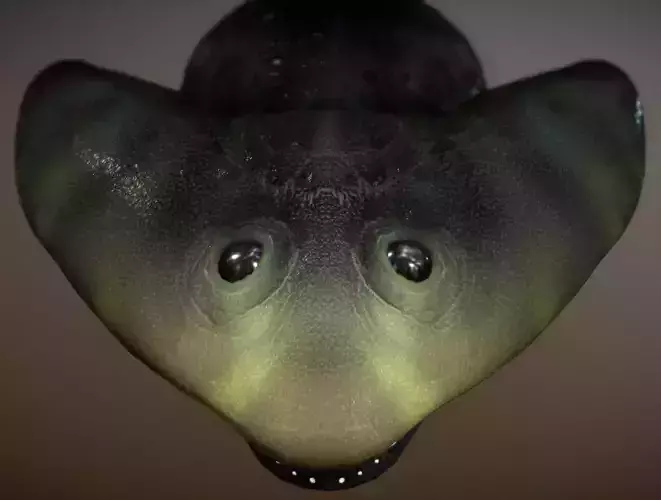
Diplocaulus The Boomerang-Headed Amphibian Low-poly 3D model
Diplocaulus was a strange and fascinating creature from the Permian period, best known for its distinctive, boomerang-shaped skull. This unique head shape—formed by two long, backward-sweeping cranial extensions—likely served multiple purposes: helping the creature glide through water, acting as a hydrodynamic stabilizer, and possibly making it harder for predators to swallow.
Its body was lizard-like and streamlined, with a flattened tail for swimming and short limbs adapted to an aquatic lifestyle. It likely lived in freshwater environments, such as swamps and slow-moving rivers, hunting small prey.
Diplocaulus belongs to a group called nectrideans, part of the larger lepospondyls—early amphibians that were often aquatic and diverse in shape. No modern animals look quite like it, giving it a unique place in paleontology.






